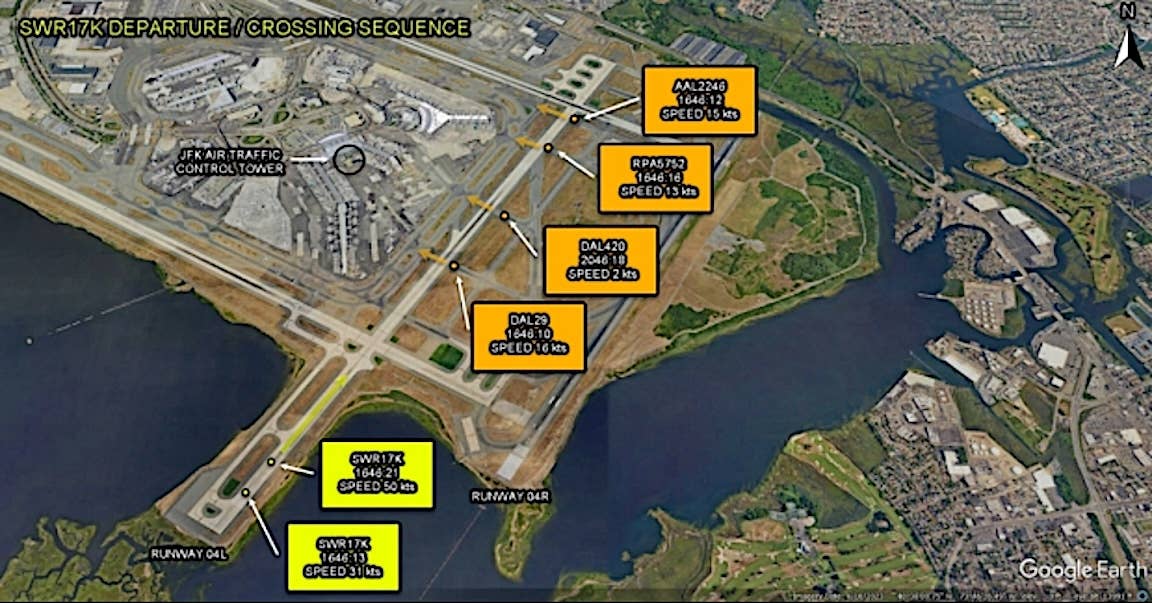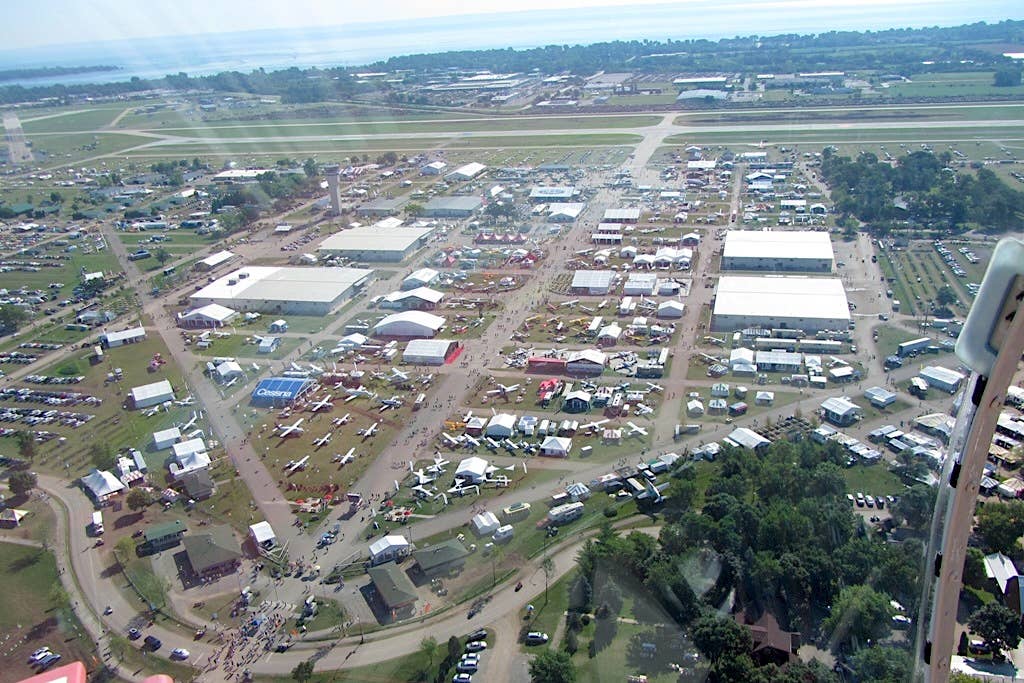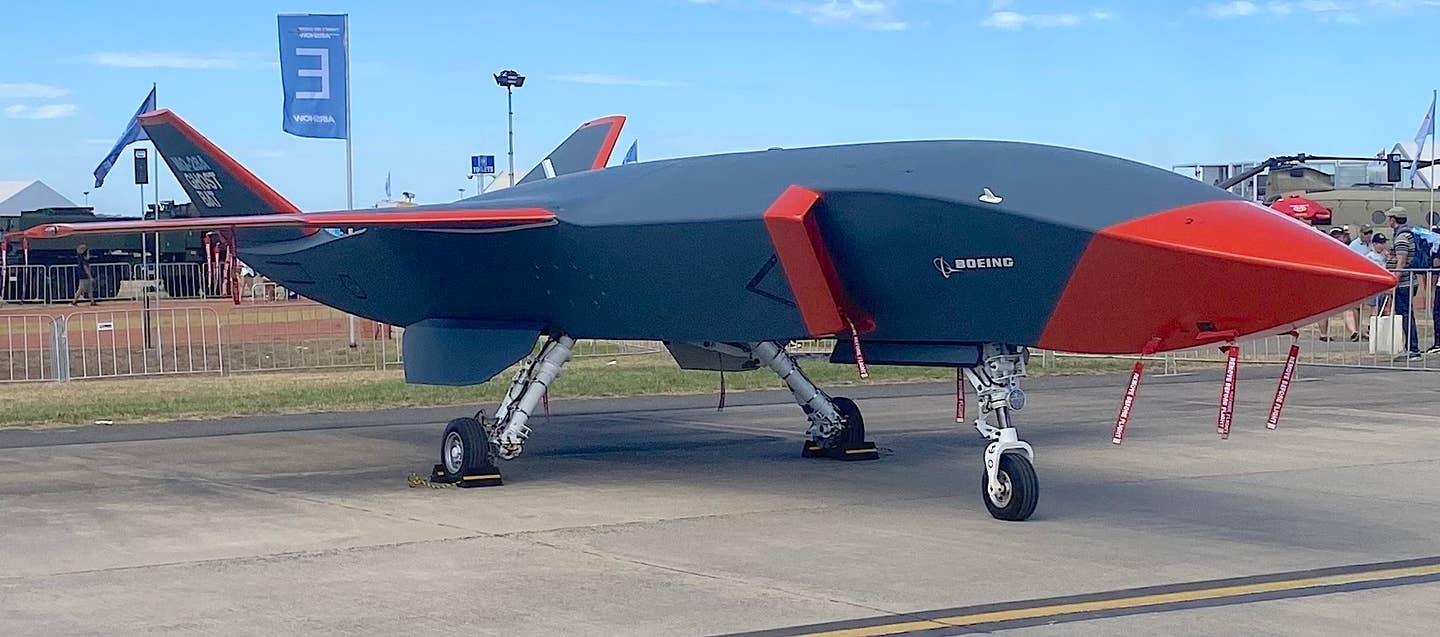NTSB Releases Preliminary Reports On Two Airline Close Calls
This week, the National Transportation Safety Board (NTSB) published a pair of preliminary reports on “close calls” involving airliners at Hollywood Burbank Airport in California and JFK Airport in New…

Markers for a Swiss Air Airbus on takeoff roll (yellow) and four other aircraft cleared to cross the same runway (orange) illustrate how close the situation came to disaster. (Graphic: NTSB)
This week, the National Transportation Safety Board (NTSB) published a pair of preliminary reports on “close calls” involving airliners at Hollywood Burbank Airport in California and JFK Airport in New York. Unusually, the California incident occurred more than a year ago in February 2023. But the preliminary report—usually posted within weeks of the incident—was delayed by the recent reclassification of the incident as a more serious “Class 3” event.
The more recent near miss at JFK occurred on April 17, when a Swiss Air Airbus A330 crew aborted its takeoff from Runway 4L after spotting conflicting taxiing traffic on the runway.
In that incident, one controller had cleared the Swiss Air flight for takeoff, while a ground controller had cleared four other airliners to cross the same runway. Unlike another incident last year at JFK, the Swiss Air Airbus did not trigger the Model X (aka ASDE-X) airport surveillance detection equipment since the aircraft did not attain the required acceleration and velocity levels to qualify as a “departure state.” But the alert crew spotted the crossing traffic and discontinued the takeoff.
In the Feb. 22, 2023, incident at Hollywood-Burbank Airport, crews of both an inbound Mesa Airlines Bombardier CRJ900 and a SkyWest Embraer EMB-170 responded to traffic/collision alert system (TCAS) “resolution advisories,” averting a collision. According to this week’s “preliminary” report, at their closest point, the two aircraft were determined to be within 1,700 feet of each other.






